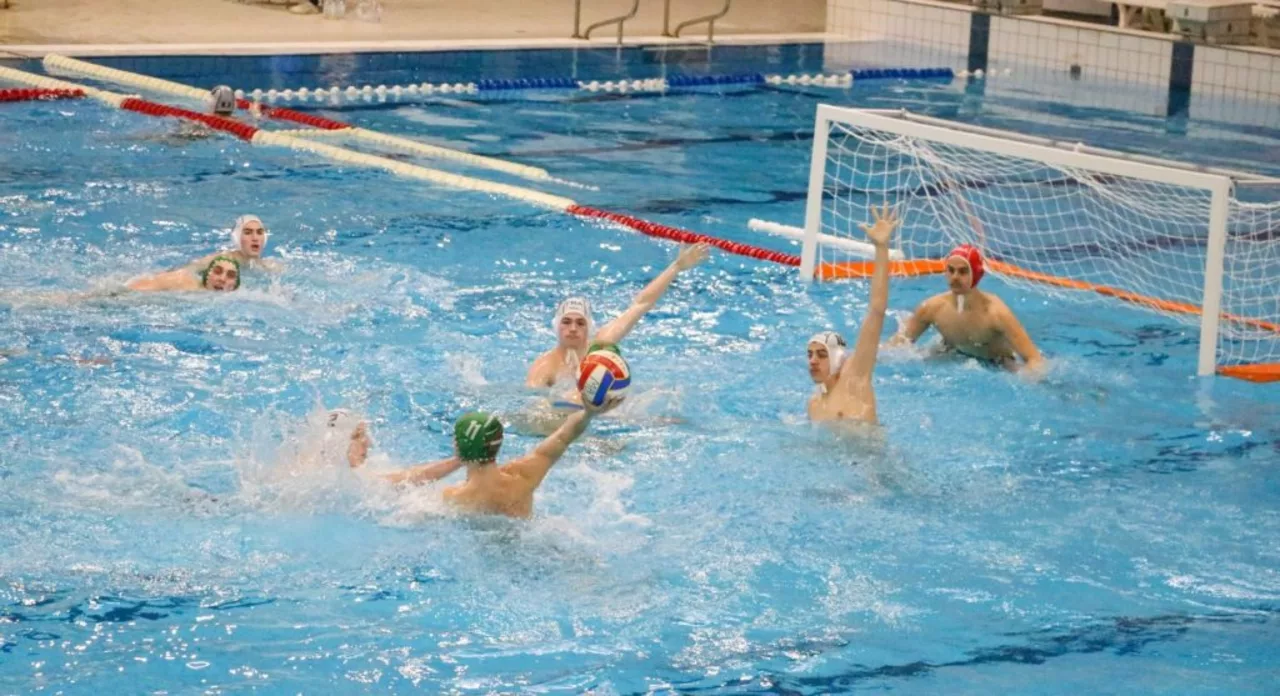Polo – the sport, its variants and what you need to know
When you hear the word Polo, a fast‑paced team sport played on a field or in a pool, using a ball and a mallet. Also known as the sport of kings, it can be split into two main styles that many people mix up.
The first style is Horseback Polo, the classic version where riders guide horses while striking a small ball toward a goal. The second is Water Polo, a full‑contact, aquatic game where players tread water and pass a ball to score in a net. Both share the same name but differ in equipment, rules and the type of athletic skill required.
Understanding Polo means looking at the gear that makes it tick. For horseback polo you need a well‑trained pony, a mallet with a teardrop or wedge head, and protective helmets. Water polo players rely on the egg‑beater kick to stay afloat, a water‑proof ball, and sturdy goggles. The choice of equipment directly influences performance – a lighter mallet can boost swing speed, while a strong kick improves vertical reach in the pool.
How safety and cost shape the Polo experience
Safety is a big conversation in the polo world. Riding at high speeds while chasing a ball raises the risk of falls, bruises, and even broken bones. Proper training, helmets, and sturdy boots lower those odds. In water polo, the full‑contact nature means players often wrestle underwater; good conditioning and safe‑play rules keep injuries in check. Both versions have formal safety guidelines that clubs enforce, and adhering to them makes the sport far more enjoyable.
Cost is another factor that turns heads. Maintaining a stable of horses, buying a quality mallet, and paying club membership can add up to several thousand pounds a year for horseback polo. Water polo is less pricey – you mainly need a pool, a ball, and personal gear, making it a more accessible entry point for many. Knowing the budget helps you decide which version fits your wallet and lifestyle.
Popularity varies by region. In Argentina, horseback polo thrives thanks to a deep horse culture, a climate that allows year‑round play, and legendary players who inspire new fans. In the UK, water polo enjoys steady participation in schools and universities, driven by its high‑energy, team‑building appeal. These cultural ties illustrate how local traditions shape the way each variant grows.
When it comes to learning, the skill set differs. Horseback polo demands riding ability, hand‑eye coordination, and quick decision‑making under speed. Water polo calls for stamina, strong leg work (the egg‑beater), and aggressive defensive tactics. Both require practice, but the pathways to competence diverge sharply.
Rules also set the two apart. Horseback polo follows a 10‑minute chukker system, uses four‑goal fields, and counts goals after the ball passes between posts. Water polo runs in four quarters, limits the number of seconds a player can hold the ball, and penalizes fouls with exclusions. Knowing these rule differences helps you follow matches without confusion.
All these pieces – variants, equipment, safety, cost, popularity, skills, and rules – create a rich tapestry that makes Polo a unique sport. Below you’ll find articles that dig deeper into each aspect, from cost breakdowns and safety tips to why Argentina loves the game and how many people actually play worldwide.
Ready to explore more? The collection that follows breaks down the topics we just touched on, giving you practical insights, real‑world examples, and the answers you’ve been looking for. Dive in and see which side of Polo matches your interests.
Does the polo game originate from Poland?
Polo is a team sport that is believed to have originated in Iran, but many historians believe that the game was actually first played in Poland. The game is believed to have been played by the nobility of Poland, or szlachta, in the 16th century. The game is played on a horseback, with teams of four players and a long mallet. Over the centuries, the game has changed, but the basic rules remain the same. The goal of the game is to score points by hitting a small ball into the opposing team's goal. The game is now popular around the world, especially in Europe and North America. Whether it originated in Poland or not, the game of polo continues to be enjoyed by many.
read more